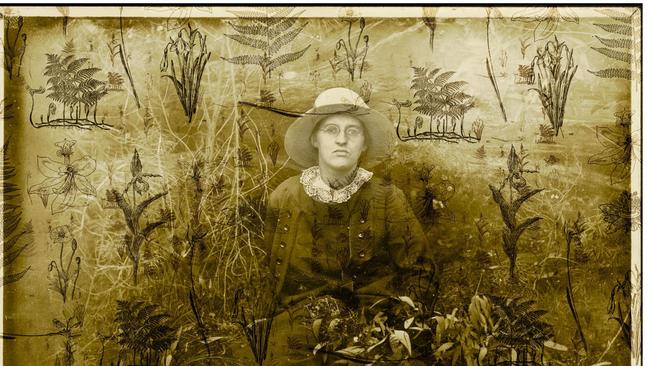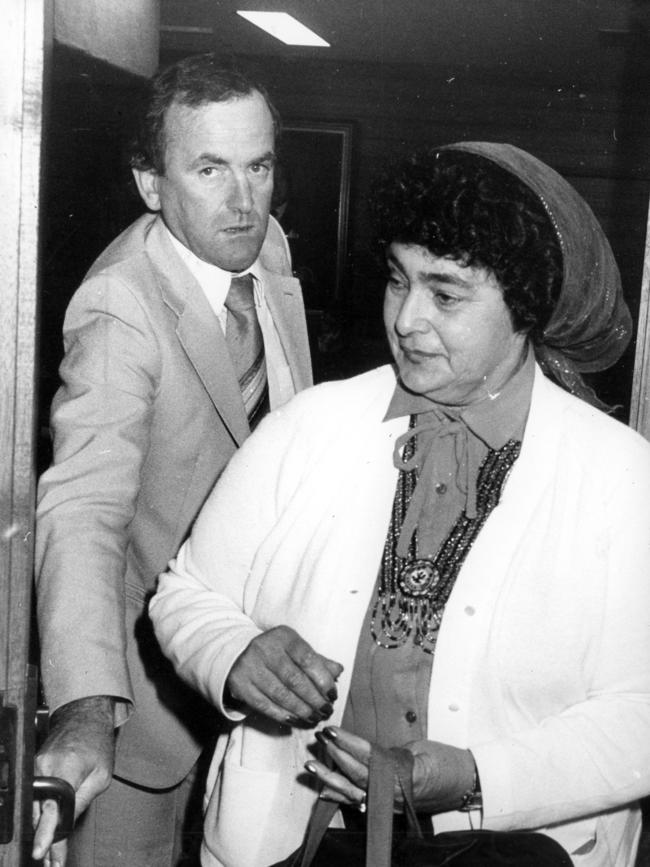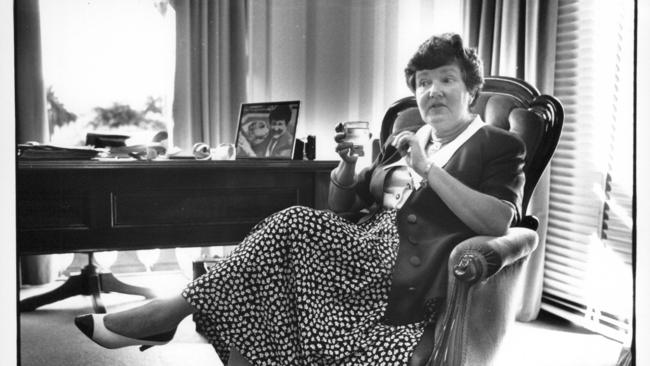International Women’s Day in Victoria: the women who paved the road we now walk along
We take a look back through Victoria’s history books to learn about the women who helped build the state we live in today.
Leader
Don't miss out on the headlines from Leader . Followed categories will be added to My News.
Sparked by rallies for women’s rights in Germany, Denmark, Switzerland and Austria in 1911, the world has come a long way in celebrating women in the past 112 years.
International Women’s Day, held on March 8 globally, is a day where society can celebrate women and reflect on the work still to be done.
While it is important to celebrate the women doing the hard work today, we can never forget those who have come before us, the women who built the bridges for later generations to cross.
Deep diving into Victoria’s past, this is a group of women who brought our state forward and into the future, leaving their mark on history.
Vida Goldstein and the Victorian women’s right to vote
Vida Goldstein was a formidable campaigner for women’s rights in Victoria, particularly for the right to vote.
Her activism began at the side of her mother, who went door-to-door across Victoria in 1891, collecting more than 33,000 signatures in the largest petition submitted to the Victorian parliament at the time, fighting for women’s right to vote.
“It was the largest petition to be presented to parliament on any question and tremendous interest was aroused when the bulky document was carried by several attendants to the legislative chamber,” she said at the time.

The petition, also known as “the Monster Petition”, measured 260m in length and 20cm in width, needing multiple attendants to carry it into parliament in September 1891.
Despite the efforts and dedication of Ms Goldstein and her fellow petitioners and the obvious support of tens of thousands of Victorian people, the Upper House “firmly refused” to give women the same right to vote as men in Victoria.
More than a decade later in 1902, women Australia-wide were granted the right to vote in Commonwealth elections, meaning Victorian women could vote in federal elections but not in state elections.
Shortly after, frustrated Victorian women gathered and formed a group called the Women’s Federal Political Association, led by their president, none other than Vida Goldstein.
In a “radical move”, the association ran a media campaign, promoting the ‘persuasive and dangerous’ Ms Goldstein as a candidate for state parliament, becoming the first woman in the British Empire to stand for election.
Thanks to the continued persistence and determination of these women, Victorian women were on November 18, 1908.
The right to vote was not Ms Goldstein’s only cause, she also campaigned for social reform, equal property rights for spouses, the abolition of child labour and for equal pay for equal work.
Jean Galbraith
A botanist, gardener and writer, Jean Galbraith lived her entire life in Gippsland.
Born in 1906, she began training herself in botany as a teenager and went on to become highly regarded in the field, despite her lack of formal qualifications.
Galbraith first published articles about native birds at 18, and at 19, began a monthly column on native plants for a gardening magazine.

She spent 70 years writing about her gardening, guides to native wildflowers and botanical articles, also dipping her toe into children’s stories and poetry.
Her first book, an autobiography called Garden in a Valley, was published in 1939.
The Daughters of Bilitis
The first political organisation for the LGBTQI+ community, was formed in 1970 in Melbourne, named the Daughters of Bilitis (DOB).
The group worked to influence opinion-makers and provided social support for lesbians in Melbourne.
The group was renamed The Australasian Lesbian Movement in mid-1970, as the group wanted to distance itself from the US branch of DOB.
The group slowly retreated from political activity, and was operational until 1973, when other organisations took over the campaign for LGBTQI+ rights.
Aunty Mollie Dyer and the Victorian Aboriginal Child Care Agency
In 1977, Aunty Mollie Dyer founded the Victorian Aboriginal Child Care Agency (VACCA), following urgent concerns regarding the large number of Indigenous children being removed from their families, or being fostered/adopted into non-Indigenous homes.

In the same year, Aunty Mollie Dyer said the responsibility was on the current generation of people to break the cycles contributing to the continued fragmentation of Indigenous communities.
“Because of the chain of historical events which has led to the fragmentation of our Aboriginal families of today, it is up to each and every one of us to do all we can together to ensure this situation is halted and reversed,” she said at the time.
VACCA’s first office opened in Fitzroy with five staff members, 205 clients and one typewriter.
Joan Kirner

Joan Kirner was Victoria’s first — and so far only — female premier.
She was elected in 1990 and remained premier until 1992.
Kirner was a member of the Victorian Labor Party and became a member of its Socialist Left Faction.
She proposed the Flora and Fauna Guarantee Act in 1988, the first Australian legislation giving legal protection to rare species.
In her post-political life, Kirner was a board member of Museums Victoria, operators of Melbourne Museum, Royal Exhibition Building, Scienceworks Museum and the Immigration Museum in Melbourne.
She was a long-time advocate of abortion law reform to legalise abortion.
Alongside her social work and causes, Kirner was an avid supporter of the Essendon Football Club.
gemma.scerri@news.com.au




